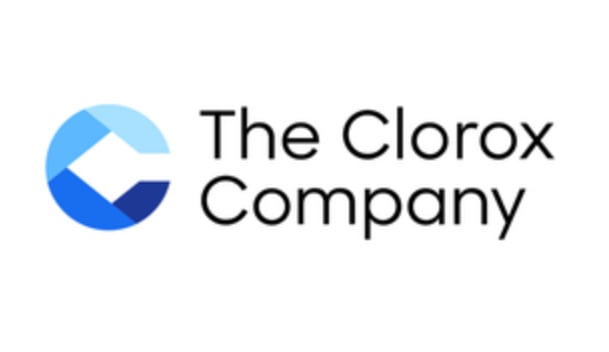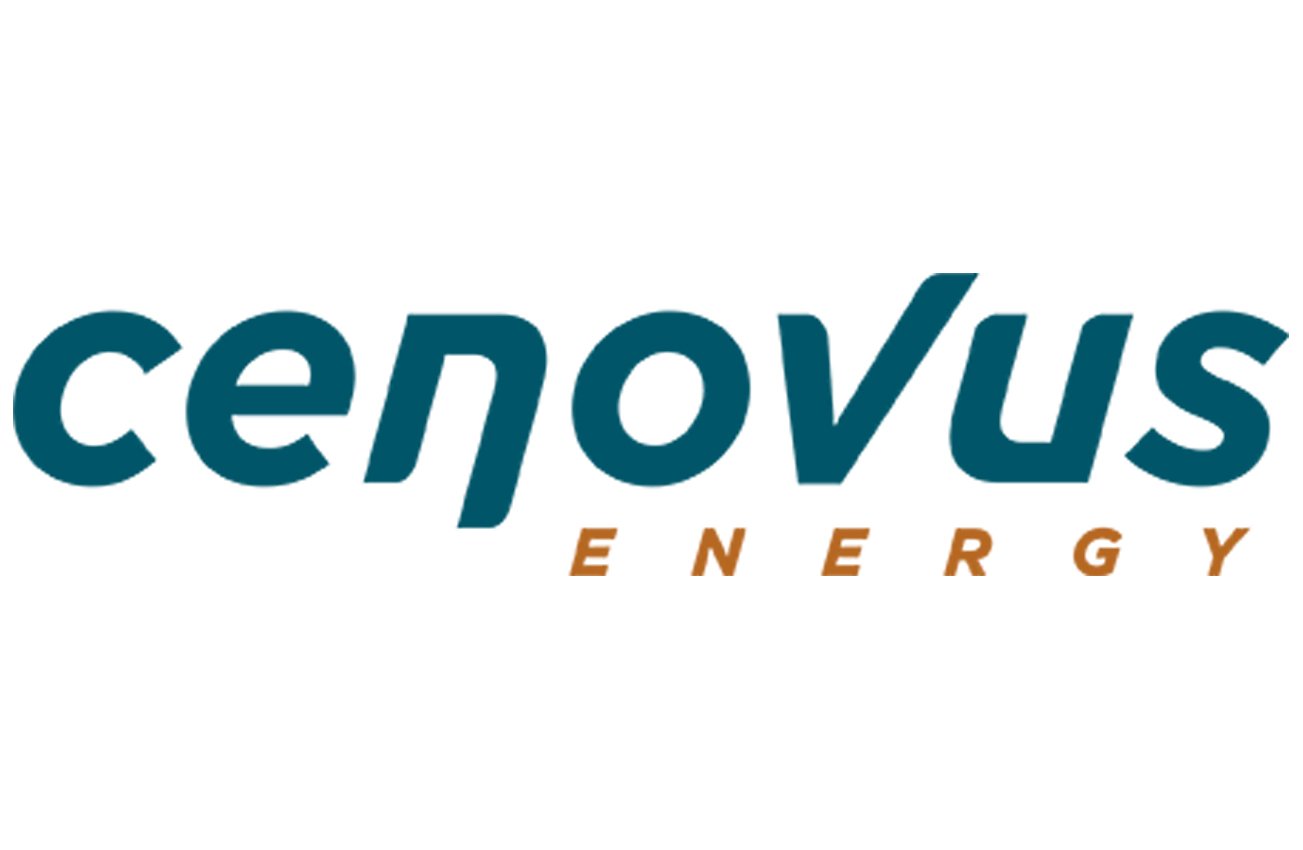Enterprise Content Lifecycle Management
Content governance is critical to operations, compliance, and the user experience.

Your content is unique.
Your enterprise content management (ECM) program should be, too.
- Is your ECM program capturing content across business units?
- Is content structured with metadata and taxonomy for digital and AI application?
- Is content archived and protected at the end of its lifecycle?

People
Enhance UX and CX

Process
Streamline workflows

Tools
Optimize for AI and digital transformation
Our Clients








What is Content Lifecycle Management?
Content Lifecycle Management (CLM) is the process of planning, developing, publishing, and maintaining the content during its lifetime – including deciding when it’s time to archive it.

Why does it matter?
Enterprise content management is a cost-effective way to support connecting people, processes, knowledge, and technology. Each piece of content has a unique lifecycle, dependent on changes in regulatory environments, organizational structures, security requirements, and industries. Content lifecycle management is about maximizing the potential of information assets over time.
Content lifecycle management is a sophisticated process that evolves at the pace of technology, innovation, regulations, and compliance.
Structured content needs to be monitored to ensure information is up-to-date, and the ontologies, such as tagging and metadata, are properly applied and mapped for digital and AI-enhanced environments. Effective content management isn’t just a task—it’s a strategic advantage.
Enterprise Content Lifecycle Management helps you:
Simplify workflows and foster team collaboration across departments.
Say goodbye to inefficiencies & maximize returns on your content strategies.
Ensure compliance with evolving industry standards effortlessly.
Provide the right information at the right time to drive decision-making.
Gain actionable insights with AI-driven analytics and tools.
Ensure transparency with easy-to-access, regulation-compliant workflows.
Be confident with GDPR, HIPAA, ISO 27001, and beyond.
Guarantee governance rules are applied across all your content.

Generate customized compliance reports that match your industry’s needs.
The AI Revolution & Content Governance
Content management is evolving with AI, but navigating these changes can be complex. Innovatia makes it easier!

AI-driven optimization
Automate metadata tagging and governance for faster, smarter decisions.

Risk mitigation
Use AI tools to identify and manage compliance risks in real time.

Strategic Insights
Leverage AI-powered recommendations to increase content relevance & engagement.



